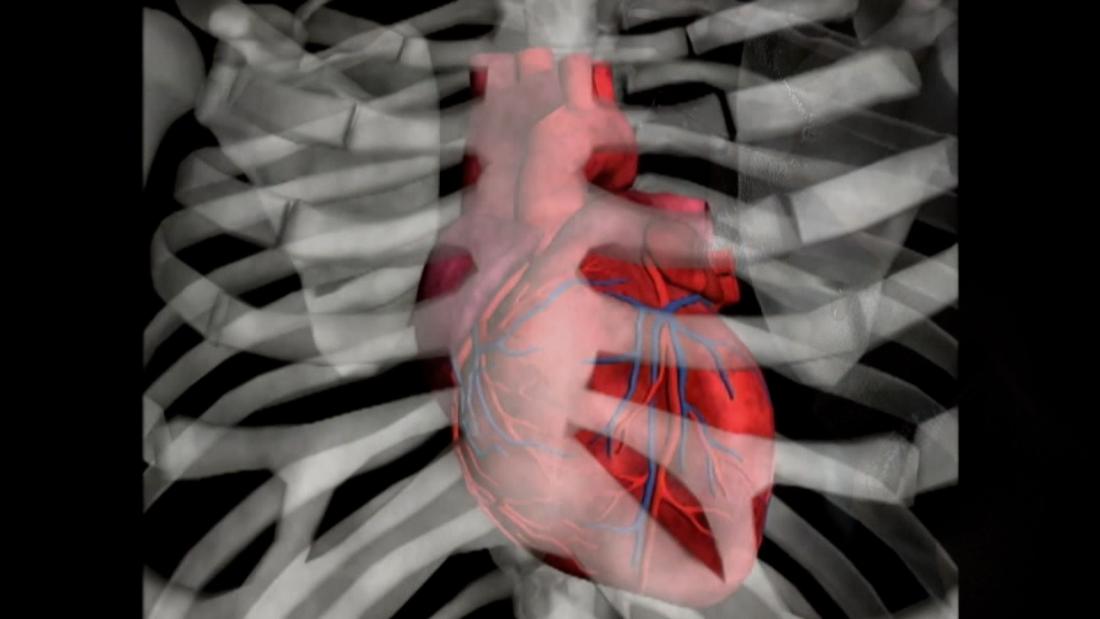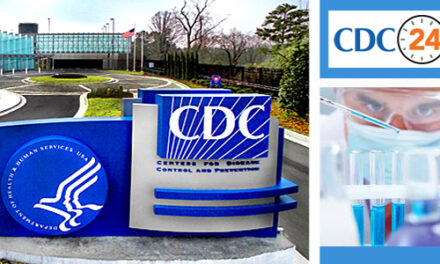
New heart failure guidelines add another type of meds to treatment recommendations

(CNN)The American College of Cardiology, the American Heart Association and the Heart Failure Society of America released new guidelines Friday that add a fourth class of medication to the recommended treatment plan for people who have a condition called heart failure with reduced ejection fraction.
Heart failure is caused by weakened muscles that lower the heart’s ability to properly squeeze and pump blood. Nearly 6.2 million Americans have it, according to the US Centers for Disease Control and Prevention. Heart disease is the leading cause of death for both men and women in the US, accounting for almost 400,000 deaths a year as of 2018, and heart failure accounts for 8.5% of those deaths.
Ejection fraction is a measurement of how well the left ventricular compartment of the heart can squeeze. An ejection fraction higher than 50% is considered normal; one at or below 40% is considered reduced.

Previously, people who had heart failure with reduced ejection fraction were treated with three classes of medications to reduce the amount of work that the heart has to do. One class includes ACE inhibitors, angiotensin receptor blockers and ARN inhibitors. Beta blockers are the second class, and the third is antimineralocorticoids.
The new guidelines advise prescribers to add SGLT2 inhibitors as the fourth type of medication for people who have heart failure with reduced ejection fraction.
SGLT2, or sodium-glucose cotransporter-2, inhibitors lower blood sugar by causing the kidneys to remove sugar from the body through urine. This class of drugs, previously used only in people with diabetes, has been found to lower the risk of death in heart failure patients, as well.
The new recommendations were based off two clinical trials that found that people with heart failure with reduced ejection fraction who took the SGLT2 inhibitors dapagliflozin and empagliflozin lived longer. Both trials demonstrated that this benefit was significant even in people who did not have diabetes.

“When I discuss it with my patients, I explain that the evidence behind these recommendations is very solid. If you took 100 clinicians who were experienced and they looked at the evidence base, pretty much all 100 should come to the same conclusion that these are really recommended therapy,” said Dr. Mark Drazner, president of the Heart Failure Society of America and clinical chief of cardiology at UT Southwestern.
For the first time, the guidelines also provide treatment recommendations for people who have heart failure with ejection fractions between 41% and 49%, considered “mildly reduced ejection fractions,” and people who have ejection fractions of 50% and above, called preserved ejection fraction. These groups would also benefit from an SGLT2 inhibitor, the recommendations say.
This recommendation is a “moderately strong” one that people should definitely discuss with their doctors, said Dr. Paul Heidenreich, chair of the committee that wrote the new guidelines and professor and vice chair for quality in the Department of Medicine at Stanford University School of Medicine. The level of recommendation is dependent on the strength of studies and the magnitude of benefit the drug provides.
Although people may be hesitant to add another medication to their regimen, Heidenreich said it’s important to emphasize that “feeling better … staying out of the hospital and living longer are the reasons to be taking the medication.”

SGLT2 inhibitors carry a higher risk of urinary tract infections. People who have type 1 diabetes or mild to moderately reduced kidney function should not take them.
Though the guidelines establish a new standard for treatment of heart failure based on strong clinical evidence, there are often delays in their real-world implementation.
“There’s a gap between the guideline recommendations and what the people in the country are actually getting treated with,” Drazner said. “Unfortunately, many patients don’t get on the highest level recommended therapy.”
Even utilization rates for the previously recommended three classes of medication therapy for heart failure were “shockingly low,” he said.
Things like drug pricing and clinicians who are slow to prescribe the medications contribute to these low rates, he said.
The guidelines also introduced new classification terminology for heart failure.
People who have risk factors like hypertension, diabetes or atherosclerosis but no evidence of heart failure are considered at-risk.
“Pre-heart failure” is now used to describe people who have no symptoms of heart failure but show evidence of structural heart disease or higher levels of cardiac disease biomarkers, such as brain natriuretic peptide (BNP), a protein that is released into the bloodstream when the heart can’t pump enough blood.
It is also now formally recommended that anyone with advanced-stage heart failure should seek care at a specialized advanced heart failure center. These centers have clinicians who specialize in the late stages of heart disease and can provide treatments such as heart transplants, left ventricular assist devices or palliative care, depending on patients’ goals.
Source: https://www.cnn.com/2022/04/01/health/new-heart-failure-guidelines/index.html


















